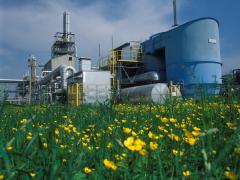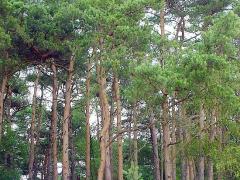Simulation of movement of pesticides towards drains with a preferential flow version of PEARL
In the current Dutch authorisation procedure for calculating exposure of surface water organisms to pesticides, artificial drainage from agricultural fields is not accounted for. As drainage may be an important source of exposure for water organisms, the PBL Netherlands Environmental Assessment Agency, National Institute for Public Health and the Environment (RIVM), and Wageningen University & Research centre (WUR) developed a new version of the pesticide-fate model PEARL in which drainage is included.
Cracking clay soils
Much of the amount of drainage may occur through cracks in the soil that resulted from the shrinking of clay soils following drought. The PEARL model has been extended with a module to account for this so-called preferential flow route. The model was tested against field data and was found to be able to simulate the preferential flow processes well.
Pesticide properties remain important
Calculations for a number of hypothetical pesticides in a situation of cracked soils showed that sorption and degradation still play an important role in the leaching of these substances. Pesticides with a longer half-life and a lower sorption coefficient than others showed the highest leaching potential. The effect of these pesticide properties was, however, less pronounced than in a situation without the soil being cracked.
Authors
Specifications
- Publication title
- Simulation of movement of pesticides towards drains with a preferential flow version of PEARL
- Publication date
- 28 February 2012
- Publication type
- Publication
- Magazine
- Pest Management Science
- Product number
- 635




